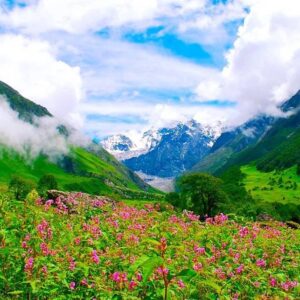Types Of Forests In The World

The term “forest type” refers to the classification or classification of forests based on various factors such as climate, vegetation, geographic location, and ecological characteristics. Different types of forests have unique characteristics, including tree species composition, biodiversity, and the ecosystem services they provide. Some common Types Of Forests In The World:
1. Tropical Rainforest
Tropical rainforests are one of the most biodiverse ecosystems on Earth. These geographical wonders are predominantly located near the equator, primarily in Central and South America, Africa, and Southeast Asia. These forests receive high levels of rainfall throughout the year, which maintains a dense and lush vegetation.
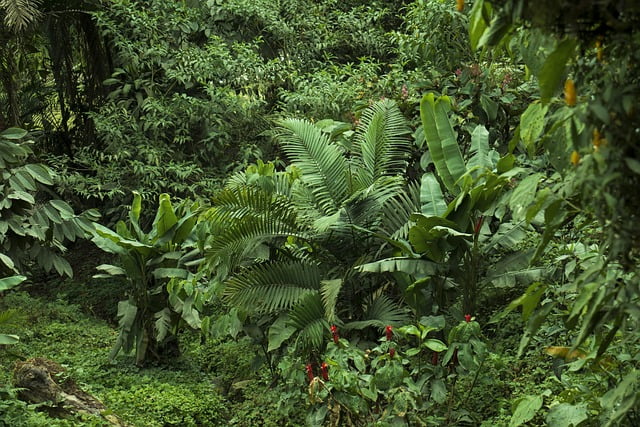
Canopy trees are high above the forest floor, forming a layered structure. Tropical rainforests are home to countless plant and animal species, including iconic species such as toucans, jaguars, and orchids.
2. Temperate Rainforest
Temperate rainforests are distinguished by their cool and moist climate, and they are typically situated in coastal areas that experience abundant rainfall. They are mainly located in the Pacific Northwest of North America, Chile, New Zealand, and parts of Tasmania.
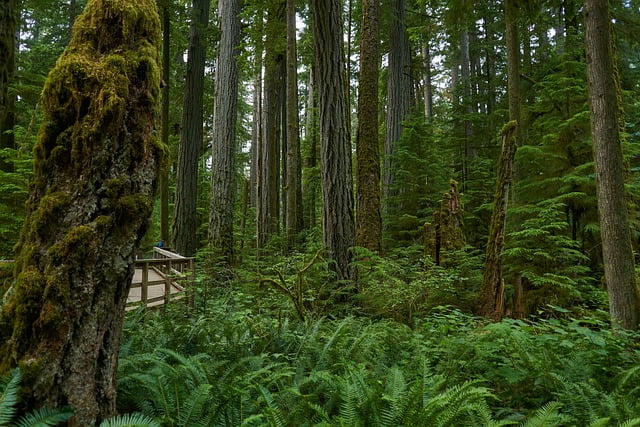
These forests are primarily dominated by coniferous trees, with species such as Sitka spruce, western red cedar, and Douglas fir being prevalent. Moss, ferns, and epiphytes thrive in the moist environment, creating a mystical atmosphere. Temperate rainforests provide habitat for diverse wildlife including bears, eagles, and salmon.
Read More: Famous Places To Visit In Madhya Pradesh
3. Temperate Deciduous Forest
Temperate deciduous forests are found in areas with moderate climates and distinct seasons. They are prevalent in eastern North America, Europe, parts of China, and Japan.
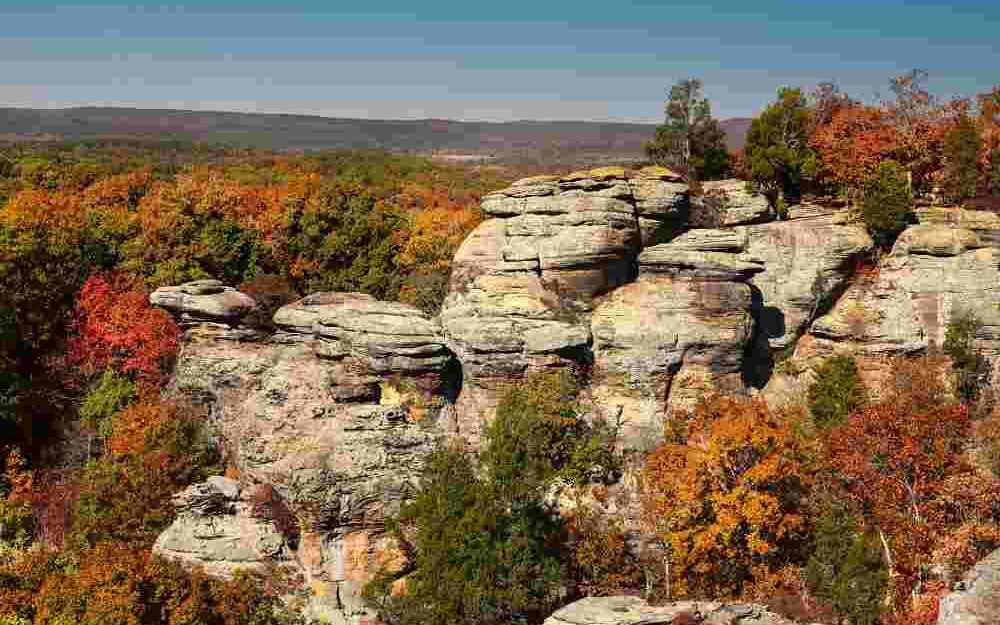
These forests are characterized by a mix of deciduous trees such as oak, maple, beech, and hickory. Trees shed their leaves in winter, allowing sunlight to reach the forest floor during spring and summer. Temperate deciduous forests support a variety of wildlife, including deer, squirrels, songbirds, and insects.
4. Boreal Forest (Taiga)
The boreal forest, also known as taiga, is the largest terrestrial biome on Earth. It is widespread in North America, Europe and the northern regions of Asia. Taiga experiences long, cold winters and short, cool summers.
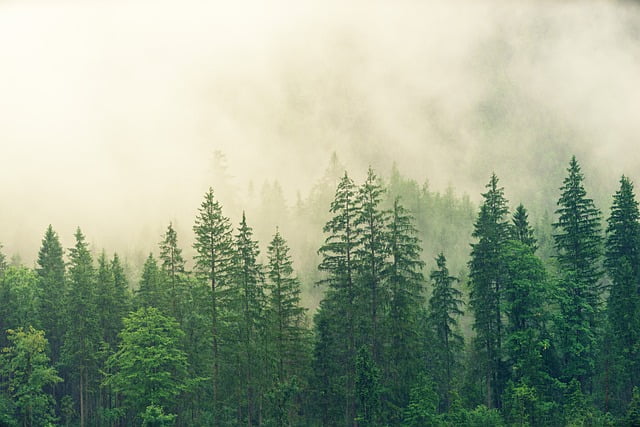
These forests are dominated by coniferous trees such as spruce, deodar and pine. The taiga is home to many animal species, including bears, wolves, lynxes, moose, and migratory birds. It also plays an important role in global carbon storage.
5. Mediterranean Forest
Mediterranean forests are found in regions with a Mediterranean climate, characterized by hot, dry summers and mild, wet winters. These forests are prominent in the Mediterranean Basin, California, Chile, and parts of South Africa and Australia.
Read More: Top Highest Rainfall Places in India
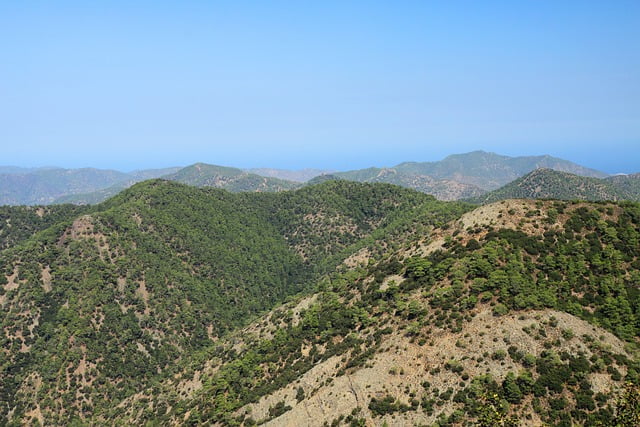
Vegetation includes evergreen trees such as oak, cypress and olive. Mediterranean forests are adapted to periodic fires, and many plants have fire-resistant properties. They are home to a rich range of wildlife including wild boar, foxes, and various bird species.
6. Mangrove Forest
Mangrove forests grow in intertidal areas of tropical and subtropical coastlines. Mangroves thrive in habitats such as estuaries, lagoons, and deltas, where the freshwater from rivers merges with the saltwater of the sea.
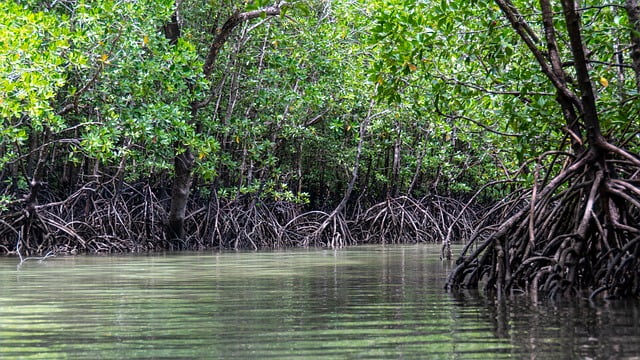
These unique ecosystems are characterized by the coexistence of land and sea, creating brackish conditions. Mangroves have evolved specialized root systems to cope with the dynamic tidal fluctuations in these areas. These forests provide important habitat for a wide range of marine and terrestrial species, including fish, crabs, birds, and endangered species such as saltwater crocodiles and manatees.
Read More: Best Natural Places To Visit in Monsoon in India
7. Alpine Forest
Alpine forests exist at high altitudes in mountainous regions around the world. These forests are subject to extreme temperatures, high winds, and harsh growing conditions.
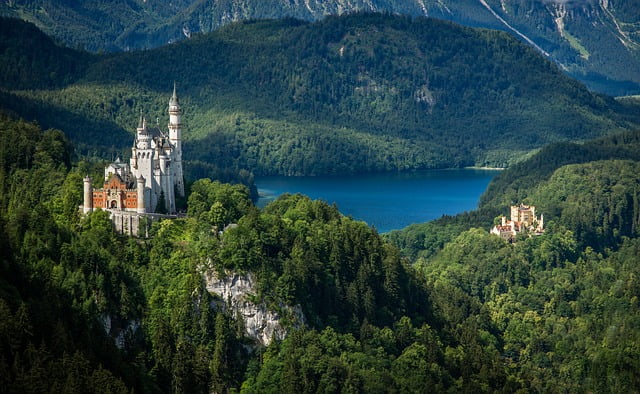
They are characterized by dwarf trees such as spruce, fir, and pine, as well as a variety of shrubs, grasses, and alpine flowers. Alpine forests are home to unique wildlife species such as mountain goats, marmots, and ptarmigan. They play an important role in watershed protection and act as a buffer against avalanches and erosion.
8. Dry Forest
Dry forests are specially adapted to arid or semi-arid climates, where water availability is limited. These ecosystems are present in various regions, including the southwestern United States, the Mediterranean Basin, and parts of Africa and Australia.
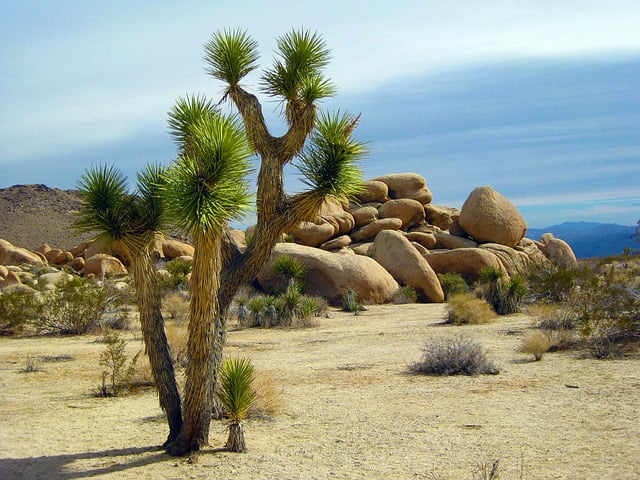
Dry forests include drought-tolerant trees and shrubs such as acacias, cacti, and succulent plants. These forests provide habitat for special wildlife species such as desert tortoise, kangaroo, and various reptiles and insects. They are often victims of wildfires due to the dry conditions.
Read More: The Remarkable Gifts Rainforests Bestow upon Humanity
9. Cloud Forest
Cloud forests are unique ecosystems found in mountainous regions with high humidity and frequent cloud cover. They are usually located in tropical or subtropical regions, such as the Andes Mountains, the Himalayas, and some volcanic islands.

Cloud forests are characterized by a dense canopy of evergreen trees and an abundance of mosses, ferns, and epiphytic plants. They support a wide variety of plant and animal species including orchids, hummingbirds, and elusive cloud forest cats.
10. Bamboo Forest
Bamboo forests are dense forests of bamboo plants, which are a type of grass with woody stems. Primarily, these forests are located in Asia, notably in countries such as China, Japan, and India.
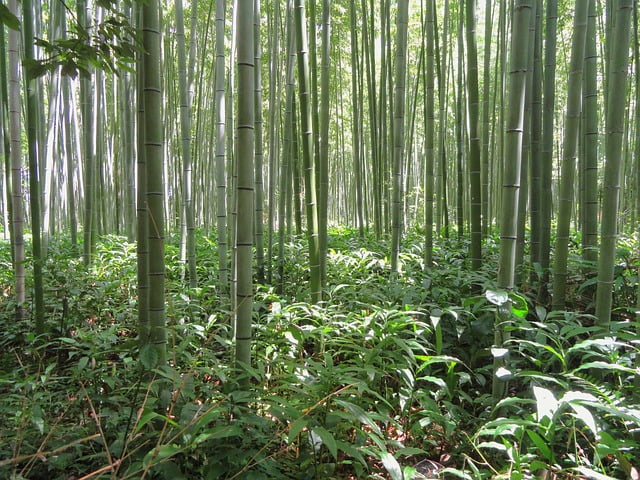
Bamboo forests have a unique ecological role, as bamboo is a fast-growing plant that provides food and habitat for many species, including pandas, lemurs, and birds. These forests hold significant cultural and economic importance, serving various purposes such as construction, furniture crafting, and paper production.
